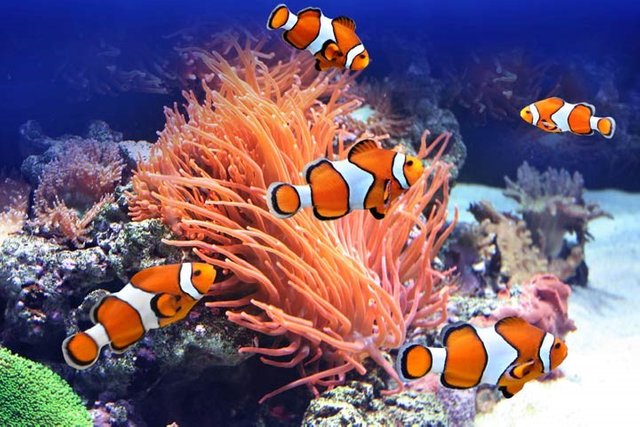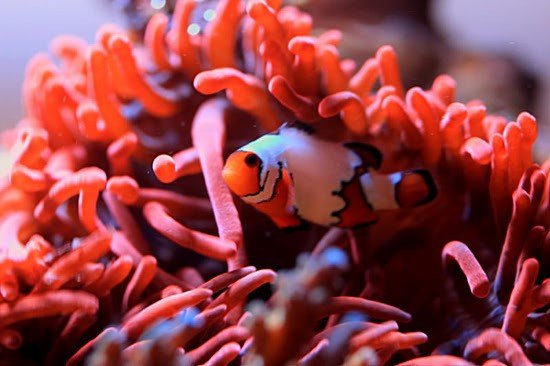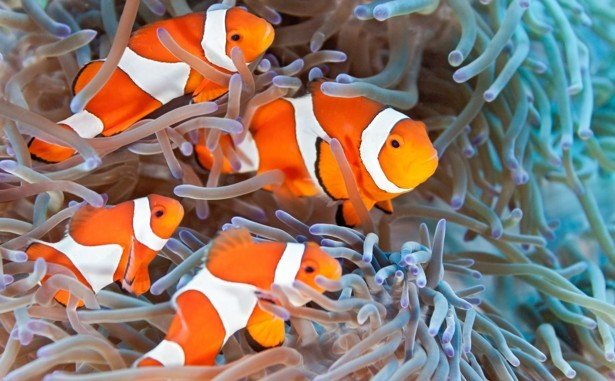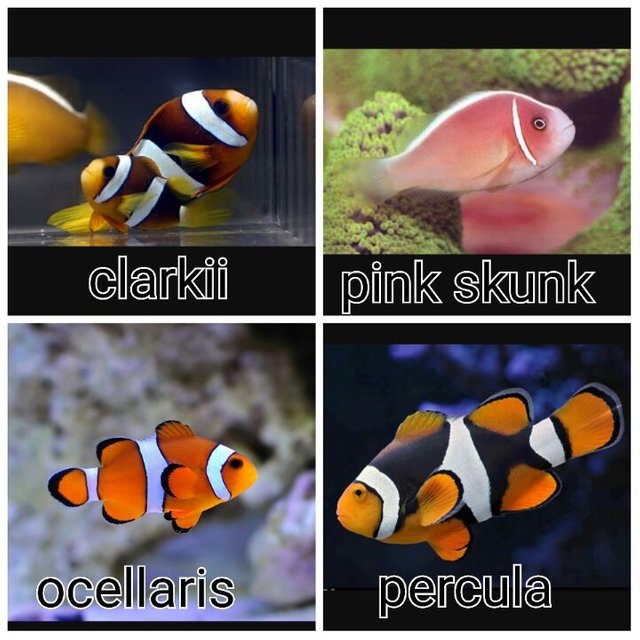Fish Picking – Clownfish Profile

Finally getting my new aquarium into motion, I have been pondering as to what I will be stocking my tank with over the next few months and hopefully years. Building an ecosystem and having tank mates that live in harmony is key. Not everyone gets along and that is life to a certain extent but buying on a whim is never the best choice when putting together an aquarium. I have been studying different species of fish in the tank. The main considerations I have taken when selecting potential inhabitants boils down to their ease of care, aggression and growth rate/size. I would not want to overstock my tank and would prefer to give everyone enough swimming space. One fish I have always been certain to keep however is the now well-known Clownfish or…Nemo.

As comedic (or horrifying) the name may sound, Clownfish have can pertain lots of character and can be a joy to keep. Of course they are iconic for visitors too, Nemo and his father seen in the popular animation movie are part of the Ocellaris Clownfish species. There are few names these may fall under if you’re in search so you may find them under ‘False Clownfish’ or Clown anemonefish. This is something I have also considered keeping, a Sea anemone. The Sea anemone are actually predatory animals and carry the ability to sting other lifeforms. They can look absolutely fantastic and clownfish actually develop a thick slime which protects them from their sting, they find residence in the anemone and the two develop a mutualistic relationship. How sweet. The Clownfish will clean its new friend, feed it and even protect it from certain predators.

Clownfish size is another factor I favour these colourful swimmers. They grow up to around 4 inches. The sizing matter also plays a role in reproductive maturity. I did not this initially but all anemonefish are hermaphrodites. While born male, they have the ability to morph gender into a female. For instance, if two males are together the bigger shall morph in a female, as part of a group the biggest fish will switch gender and the rest remain male. It’s pretty fascinating to know that in groups, a hierarchy is established by size. The largest fish (female) will govern with dominance while the second largest fish (male) will assume the role of dominant male over the others. If any of the fish die then the next in line will assume its place, including the role of becoming female. However, once a clownfish turns into a female it cannot switch back to a female and if another female is introduced, expect some serious trouble without rest.

There’s a difference between Ocellaris (false) and Percula Clownfish. The two species have defining characteristics that relate to their Dorsal fins, body outlines and eye colour. The differentiation has nothing to do with them being wild caught or tank bred. As an amateur I would most likely not be able to distinguish the two without some guidance. They have the same mannerisms, diet and can even mate together. The crossbreeding of these species are quite commonplace and result in unique looking fish. I have read that this results in less hardy fish but need to verify.
Clownfish have been found to communicate using ‘clacking’ sounds. They use these sounds to court mates, ward off predators or warn of them. Clownfish are cute and clever. More power to them.
So I’ll probably be picking up a couple for the new tank when all is ready. Do any of you have Clownfish? Would be cool to hear about some more Steemit Aquariums!
Thanks for Reading
Momosan
omg your pics are amazing! great work.
mine probs arnt that good lol but heres a link to my new post
about reefworld aquarium https://steemit.com/adventure/@jayadams/another-great-day-at-reefworld-aquarium